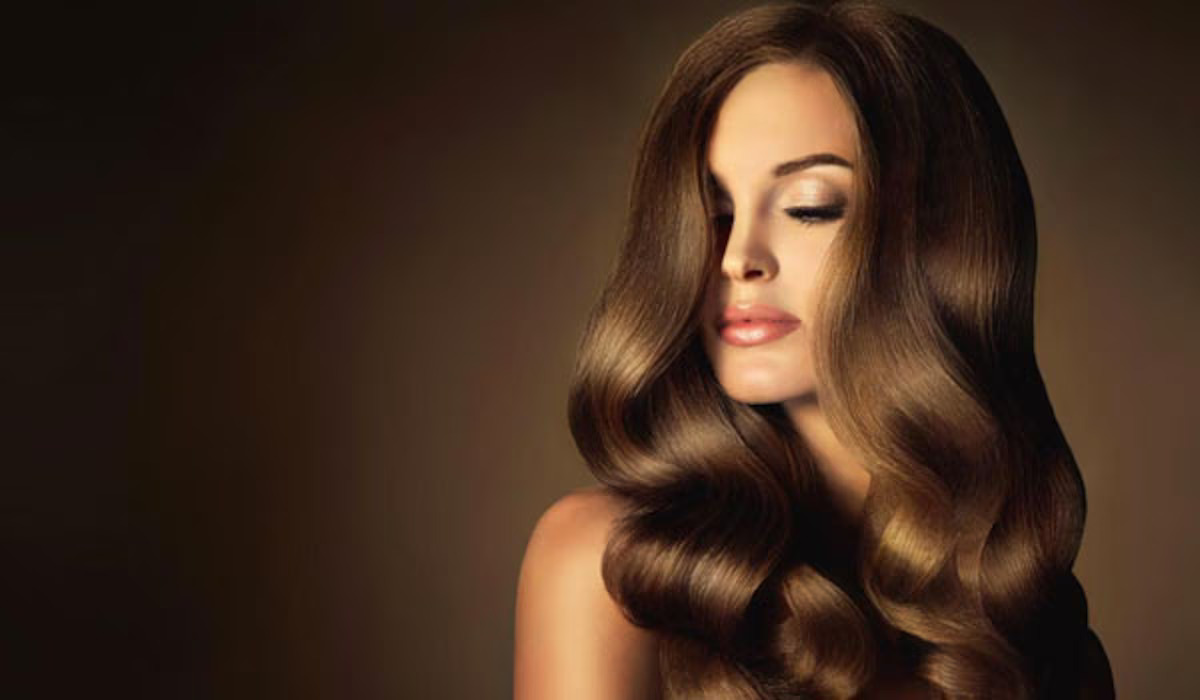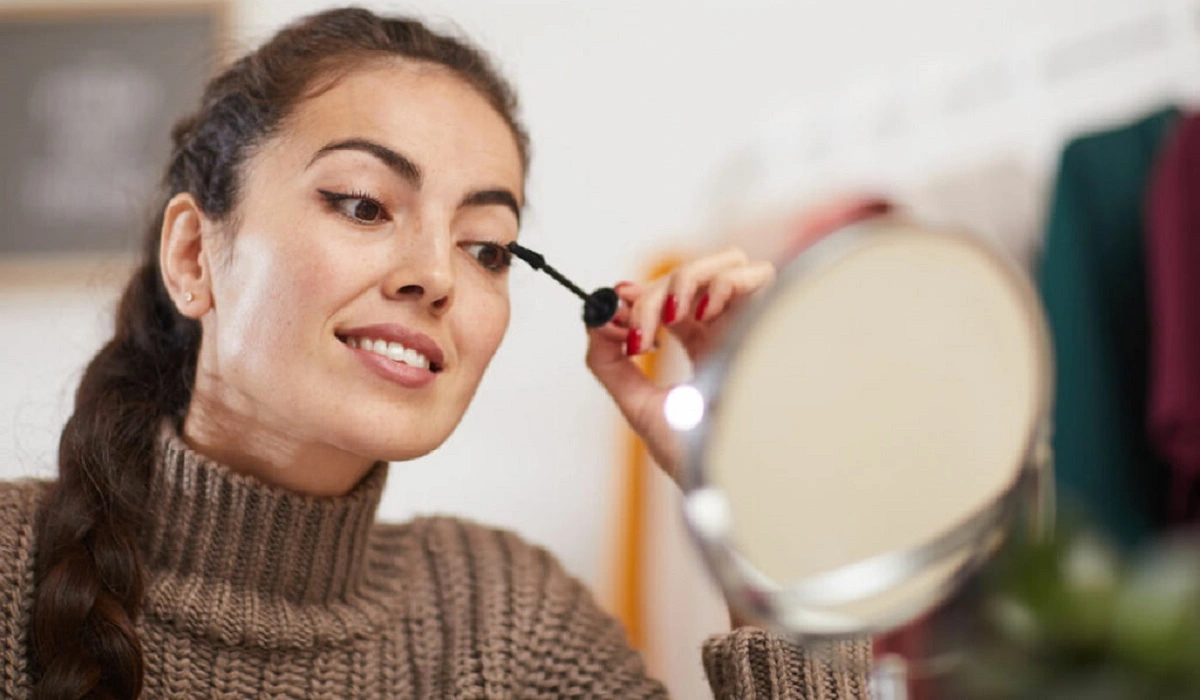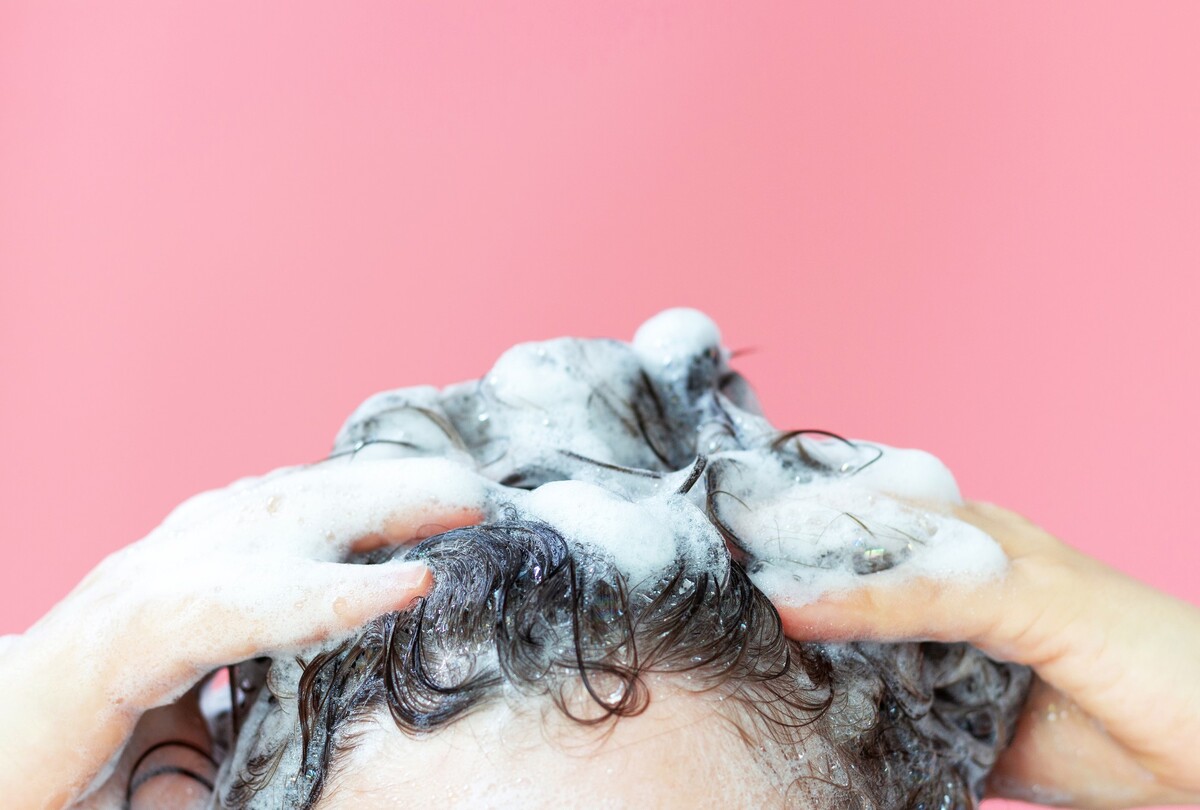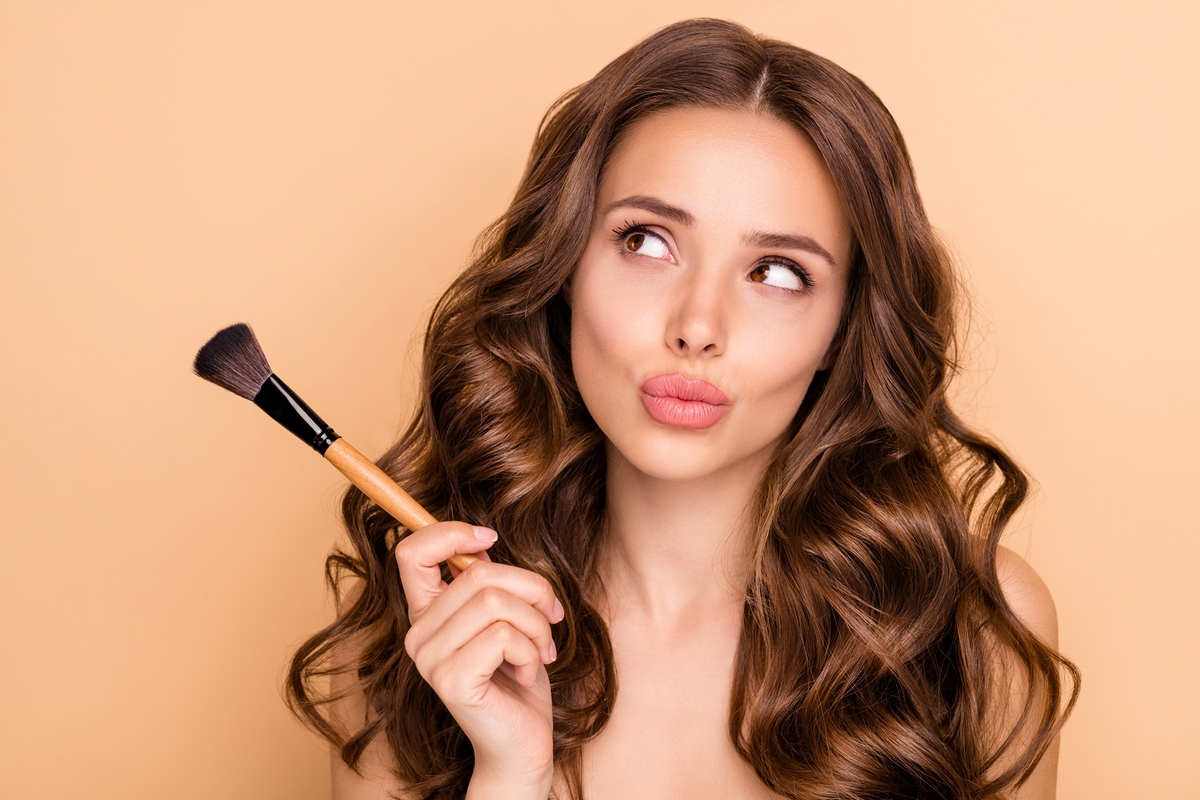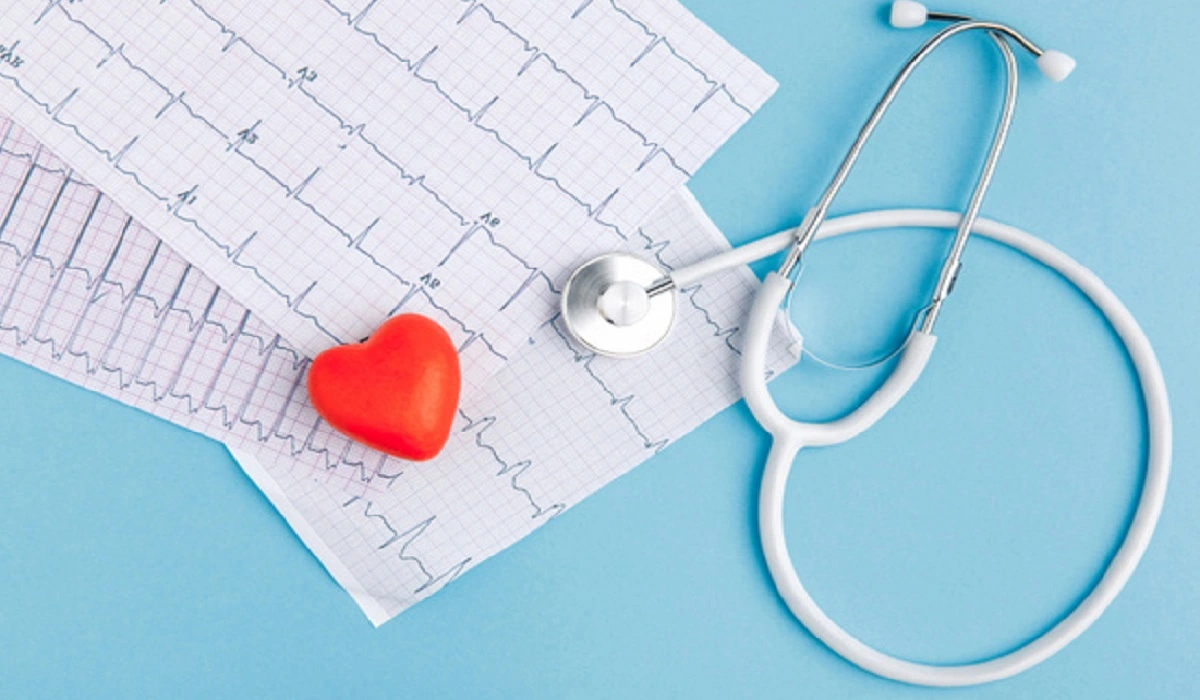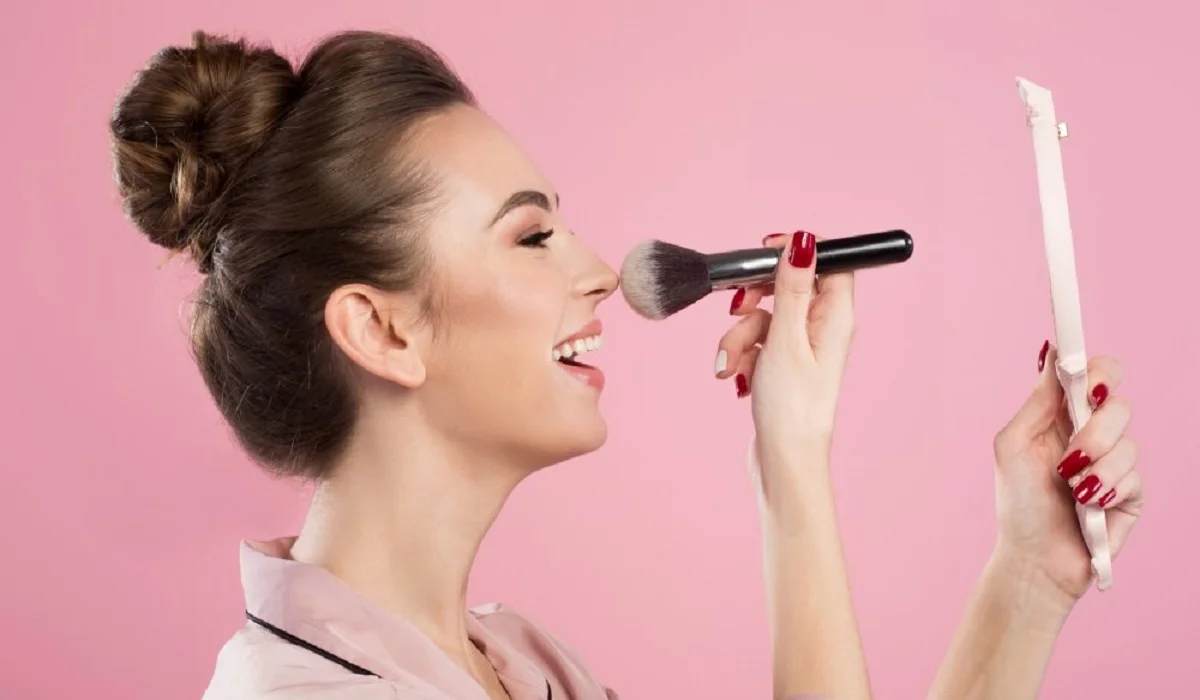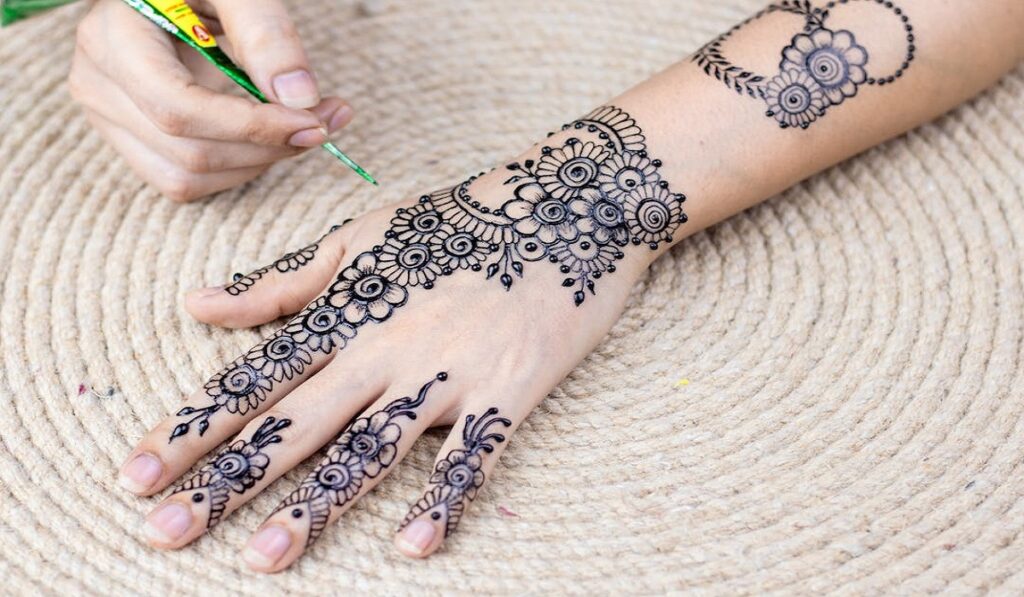
Choosing between henna and regular tattoos can be a challenging decision for anyone looking to get body art done on their skin. Both options have their unique characteristics, advantages, and considerations that can influence the final choice. In this comprehensive article, we will compare henna tattoos and regular tattoos, providing all the necessary information to help individuals make an informed decision. From the creation process to the duration, pain factor, design possibilities, and potential risks, we will explore each aspect of these body art forms.
Section 1: Understanding Henna and Regular Tattoos
1.1 Henna Tattoos: Henna tattoos are temporary body art made using natural henna plant powder. The powder is mixed with water to form a paste, which is applied to the skin using a piping bag. The dye from the henna plant stains the skin temporarily, creating intricate and mesmerizing patterns. Henna tattoos are a popular choice for those seeking a temporary design without the permanence of regular tattoos.
1.2 Regular Tattoos: Regular tattoos, also known as permanent tattoos, involve using a tattoo machine gun, tattoo needles, and tattoo ink. The tattoo gun pushes the ink into the dermis layer of the skin, resulting in long-lasting body art. Regular tattoos offer a vast array of design possibilities and can be highly detailed and intricate.
Section 2: Comparing Henna and Regular Tattoos
2.1 The Process of Creating: Henna tattoos rely on a henna paste that is skillfully applied to the skin’s surface. The patterns are created by the artist pushing the paste out of the piping bag. On the other hand, regular tattoos involve the use of a tattoo machine gun and needles to insert ink into the dermis, creating a permanent design. Both techniques require skilled professionals, but the application methods are vastly different.
2.2 Duration of the Tattoos: Henna tattoos are temporary and typically last between 4 and 7 days, with the possibility of lasting up to 12 days with high-quality henna paste. After this period, the dye fades away, leaving the skin clear again. Regular tattoos, however, are designed to be permanent and can last a lifetime if desired. Tattoo removal options, such as laser tattoo removal, are available for those who want to remove a regular tattoo.
2.3 The Pain Issue: Henna tattoos are pain-free as the henna paste is placed on the skin’s surface. Conversely, getting a regular tattoo involves piercing the skin with needles, causing pain and discomfort during the process. However, the pain level can vary depending on the tattoo’s location, size, and the skill of the artist. The healing process of a regular tattoo can also cause some discomfort, but proper aftercare can minimize any issues.
2.4 Design Possibilities: Henna tattoos are limited in design possibilities compared to regular tattoos. Henna’s application technique is suited for pattern work, while regular tattoos offer limitless design options with intricate details, shading, and various colors. Regular tattoos’ versatility allows for almost lifelike creations, providing a wide range of design choices.
2.5 Skin Impact and Risks: Henna tattoos, when done with natural henna plant powder, have minimal impact on the skin and are generally safe. However, some pre-mixed henna pastes, particularly those labeled as “black henna,” may contain harmful chemicals like PPD, leading to skin reactions and potential scarring. To avoid risks, it’s essential to use natural henna from reputable sources.

Regular tattoos carry certain risks, including contamination, infections, ink leakage, and allergic reactions. However, these risks can be significantly reduced by choosing a skilled, professional tattoo artist who follows strict hygiene practices. Proper aftercare is essential to prevent infections and ensure a smooth healing process.
Henna tattoos and regular tattoos each offer unique benefits and considerations, catering to different preferences and needs. Henna is an ideal option for those seeking temporary body art without pain or long-term commitment. On the other hand, regular tattoos are perfect for individuals looking for intricate, personalized designs that will last a lifetime. Whichever option one chooses, it’s crucial to have body art done by skilled professionals who prioritize safety and hygiene.
Section 3: Henna – A Time-Honored Tradition
3.1 Historical Background: Henna, also known as Mehndi, has a rich cultural and historical significance that dates back centuries. Originating from ancient Egypt and the Middle East, henna has been used for various purposes, including body art, hair dye, and traditional ceremonies. The application of henna has been an integral part of cultural celebrations, weddings, and festivals in countries such as India, Pakistan, Morocco, and the Arabian Peninsula.
3.2 Natural Ingredients: The beauty of henna lies in its natural composition. Henna powder is obtained from the leaves of the Lawsonia inermis plant, commonly known as the henna plant. When the leaves are dried, ground into powder, and mixed with water, it releases a dye molecule known as lawsone. Lawsone has a natural affinity to bind with proteins in the skin, resulting in the characteristic reddish-brown stain associated with henna tattoos.
3.3 Regional Variations: Different regions have their distinct henna application styles and patterns, each reflecting the local culture and traditions. In India, intricate bridal henna designs, also called mehndi, are an essential part of wedding ceremonies, symbolizing love, happiness, and prosperity. Moroccan henna designs often incorporate geometric patterns and symbols, while Arabic henna designs feature flowing, floral motifs. Over time, henna has become a global phenomenon, with people from various cultures embracing and experimenting with this art form.
3.4 Henna as a Form of Expression: Henna tattoos serve as a form of self-expression and creativity for both the artist and the wearer. As a temporary art form, henna provides the freedom to explore different designs and styles without long-term commitment. Individuals can use henna to celebrate special occasions, express their personalities, or simply adorn their bodies with beautiful patterns for aesthetic pleasure.
3.5 Health and Healing Properties: Apart from its ornamental use, henna has been valued for its medicinal properties. Traditionally, henna paste was believed to have cooling and soothing effects on the skin, making it beneficial for conditions like headaches and fevers. Henna was also applied to the palms and soles to cool the body during hot weather. While henna’s healing properties are not scientifically proven, it continues to hold cultural significance as a symbol of auspiciousness and blessings.
Henna, with its time-honored traditions and natural composition, offers a captivating and culturally significant form of body art. From its historical roots to its versatility in design, henna tattoos provide a beautiful way for individuals to express themselves, celebrate special occasions, and embrace the artistry of different cultures. As people continue to appreciate the art of henna, it remains an enduring and cherished form of body adornment worldwide.

